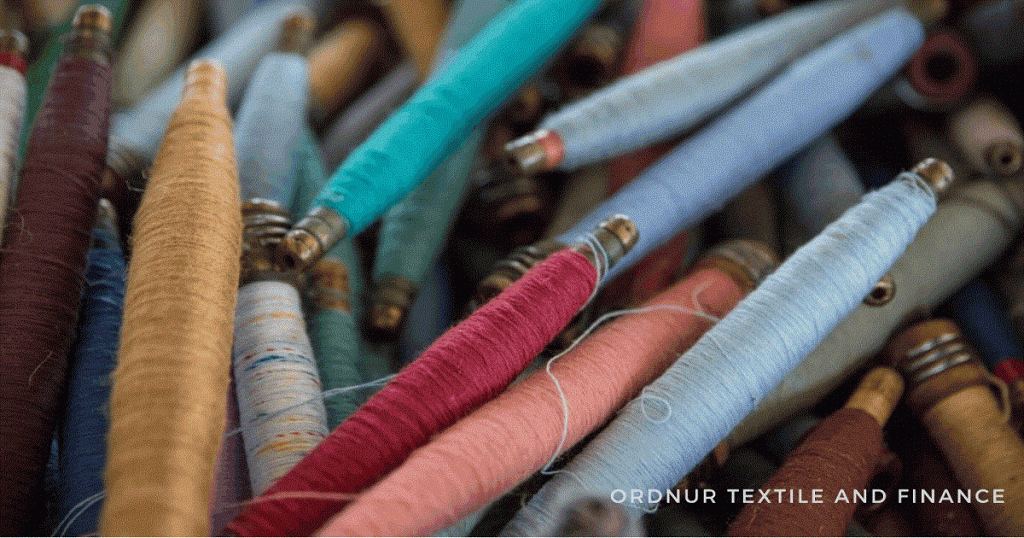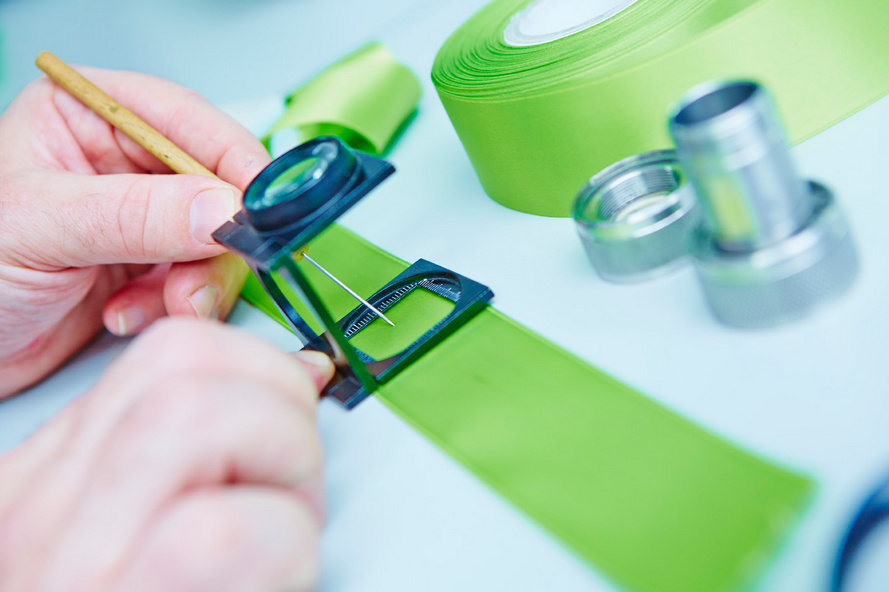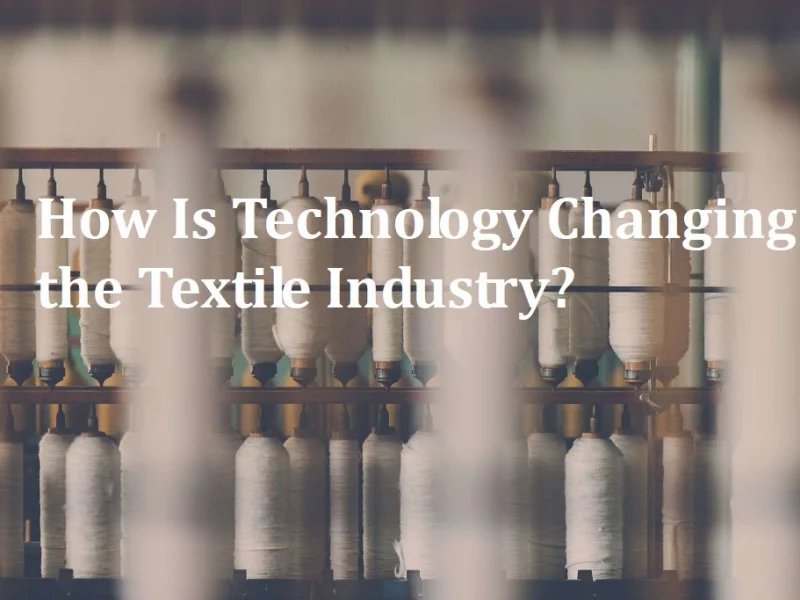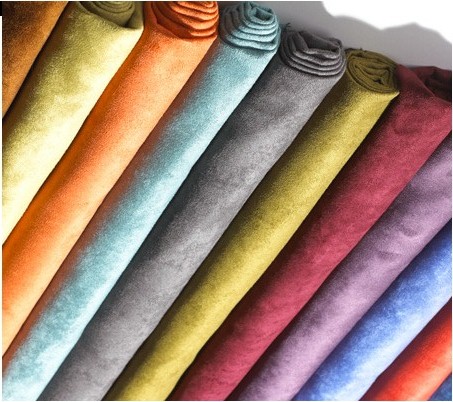Consumer products always affect the environment directly or indirectly. Many textile industries manufacture different fabrics and clothing, and their waste and toxic substances without treatment wash into the atmosphere. Textile industries that make synthetic fibers mainly made from petrochemicals are hard to recycle and cause pollution in the environment. Following the steps to make garments directly impacts green land, and dyeing and fabric printing have become more hazardous if used without treatment.
Are Textile Industries Going Green
A new world needs such industries, factories, and other textiles for their benefit. But the chemicals and treatment they followed are totally against our green land. The earth demands a peaceful environment and pollution-free land. But such industries and fabric textiles break the chain of calmness, and their negligence in following the SOPs put negative feedback on the environment. For going green, there is a need to use eco-friendly products like a bamboo towel that can be reused, and water absorbs in it and dries quickly. Instead of using tissue papers, microfibers, and cotton for daily kitchen or household things, selecting the best options to lie bamboo towels is essential.
Nowadays, fashion organizes and launches different clothing styles with the change of season. According to the intensity of trade textile industries become the second biggest economic activity. The environment has to pay a heavy amount for this ongoing fashion world—the fabric we use and the textile that made clothes seriously damage the environment.
Take care of your fabrics
Hot water is best to sanitize your fabric. Hot water cleans stains, and such treatment avoids phosphate-free radicals and makes the detergent or washing eco-friendly. Every color requires a different treatment pattern. Instead of bleach, you should dry your clothe under sunlight for hours and make the process natural. Also, the laundering system on a vast field affects the environment badly. We have to use eco-friendly machinery and chemicals to remove the dirt and stain from our cloth.
Textile Influence
Different textiles are dealing with other washing ad manufacturing techniques. In that, many types of machinery, chemicals, dyes, cotton, and detergents are used. The demand for textile industries has increased up to the limit. Every brand and market now has its factories or textile mills annually, billion of clothes and fabric manufacture. Every coming year bring some new style and the previous one neglect by the customer. So their rapid change in chain affects the environment as we do not treat the previous chemicals and add up new dyes and bleach detergent toxicity into the atmosphere.
Textile industries reputation in Pakistan
Pakistan is an agricultural country. Annually billion of fabric is manufactured in textile industries that export into other countries as well. Such initiatives don’t follow the SOPs and use chemicals, dyes, and toxic types of machinery without treating the fabric. As pollution increase, I it is creating negative effect on the environment. After usage, the waste that washes near streams and ponds kills the water life and many other gases that add up in the air and affect the ozone directly.
How we are going green in textile industries
Different clothes and fabrics that are made in the textile industry must be treated well, and their manufacturing process must be eco-friendly. Don’t use such chemicals and dyes that release toxic molecules in washing and laundering. One must follow complete SOPs before using such detergents and chemicals. Also, make sure that the fabric waste product is eco-friendly and doesn’t increase the pollution rate, and for this, waste should be treated well.
To wrap it up!
Textile industries are now in demand for many years. Every year the changing style and the print colors are different. So to meet with such massive demand of your economic deal, you must take account of your environment as well. Toxic chemicals and dyes that affect the environment and disturb the textile environment must not be used without precaution. It is preferable to replace those chemicals with eco-friendly ones and the ones that can wash and treat efficiently. So with the increase of demand in the textile industry, there is a significant risk of environmental damage. So your textile industries green and pollution-free.





I just had to drop a comment to express how much I enjoyed reading your insightful article, “Are Textile Industries Going Green? Some Facts to Know.” Your content is not only incredibly informative but also presented in a way that keeps the reader engaged from start to finish.